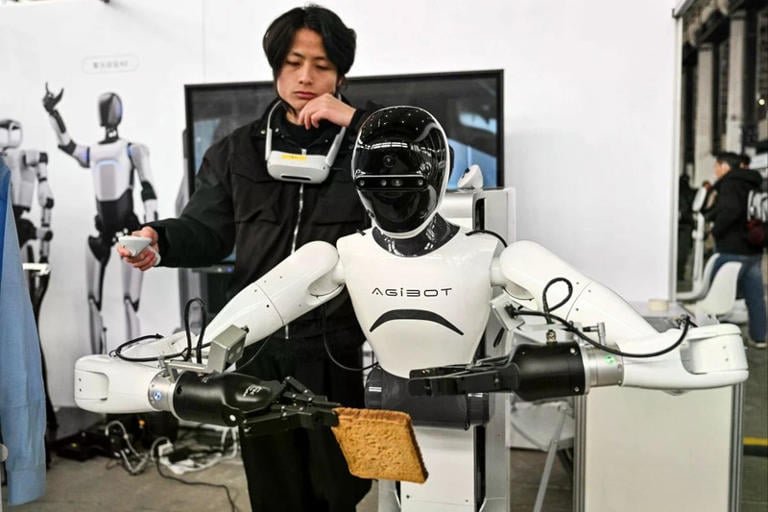
In a sprawling warehouse on the outskirts of Shanghai, dozens of humanoid robots from the startup AgiBot are toiling 17 hours a day, performing tasks like folding shirts and making sandwiches. The main goal is to collect vast amounts of data to train the robots, in the hope that they can fundamentally change the way people live and work. Yao Maoqing, a partner at AgiBot, envisions a future where robots can assemble themselves in factories.
Chinese President Xi Jinping stressed the importance of humanoid robots to the country when he inspected AgiBot's robot last month, amid challenges such as trade tensions with the US, a declining population and slowing economic growth.
China is heading for a new industrial revolution, in which humanoid robots will take over many factory jobs. China’s AI breakthroughs are allowing robots’ advanced hardware to be combined with intelligent software, turning them into valuable manufacturing tools.
Industry experts describe advances in developing robot "brains" that will help them move from mere performers to efficient, self-learning workers.
China is focusing on training data and improving the sophistication of AI models, with the help of startups like DeepSeek. Successful deployment of robots in factories is expected to help China maintain its growth momentum and manufacturing advantage, creating a field that is fiercely competitive with the US. However, there is still a difficult problem: the loss of factory workers.
Strong support from the Government
China is offering generous subsidies to companies developing humanoid robots, with more than $20 billion allocated to the sector over the past year. The country is setting up a 1 trillion yuan (about $137 billion) fund to support AI and robotics startups. The government is also a big customer, with spending on humanoid robots and related technology set to soar from 4.7 billion yuan in 2023 to 214 billion yuan in 2024.
Many localities also have their own support policies. Shenzhen has set up a 10 billion yuan AI and robotics fund. Beijing has also set up a robotics fund by 2023, offering up to 30 million yuan to companies that want to accelerate the development of their first products.
Analysts predict that the cost of producing humanoid robots will fall sharply, similar to that of electric cars, thanks to large-scale production and subsidy policies.
Ming Hsun Lee of Bank of America estimates that the average cost of materials for a humanoid robot will be around $35,000 by the end of this year. This could even fall to $17,000 by 2030 if the robot is mainly manufactured in China. This is significantly lower than the estimated $50,000-$60,000 cost of components for an Optimus robot imported from Tesla.
China has the advantage of reducing the cost of producing humanoid robots, and global sales could reach 1 million units by 2030, according to Mr. Lee.
The role of AI and data
The Chinese government is also investing heavily in data collection, a key element and an area where China has an advantage. Data for training AI for humanoid robots needs to come from interactions with the physical environment, which is different and more scarce than generative AI training data. AgiBot’s data collection facility in Shanghai is a prime example, where about 100 robots operated by 200 people work daily. Similar facilities are being built in Beijing and Shenzhen.
Another startup, MagicLab, says its focus on the “brain” of robots has helped it deploy prototypes on production lines for tasks like quality inspection and assembly. The company emphasizes that these breakthroughs lay the foundation for practical robotic applications by 2025. MagicLab has also integrated its robots with AI models like DeepSeek, which are useful in helping robots reason and understand tasks.
China’s biggest advantage is its dominance in hardware, with the ability to produce up to 90% of humanoid robot components. This gives China a majority of global manufacturers and a dominant supply chain. According to statistics from Morgan Stanley Bank, by 2024, China will have 31 companies and 36 robot models, significantly higher than the 8 models introduced by US companies. At least six Chinese companies, including Unitree and UBTech, have or are preparing to mass-produce robots.
Challenges for employment
While the industry is still young, Chinese policymakers have begun discussing the potential impact on the workforce, with some 123 million people employed in manufacturing. Experts warn that AI and robots could impact 70% of manufacturing, leading to a sharp decline in social security contributions.
But many believe robots will take over dangerous, boring jobs that humans don’t want to do. China also sees the technology as key to solving labor shortages in areas like elderly care, where demand is growing as the country’s 1.4 billion population ages. In December 2024, the Chinese government announced a national elderly care plan that encourages the integration of humanoid robots and AI.
With strong government backing and technological breakthroughs, China is betting big on humanoid robots. However, balancing technological advancements with social impact will be a key challenge in the road ahead.
Source: https://doanhnghiepvn.vn/cong-nghe/van-cuoc-cua-trung-quoc-vao-robot-hinh-nguoi/20250602084111531


![[Photo] Prime Minister Pham Minh Chinh chairs the sixth meeting of the Red River Delta Coordination Council](https://vphoto.vietnam.vn/thumb/1200x675/vietnam/resource/IMAGE/2025/9/20/310e73a867174433b2c489ec309c9063)


![[Photo] Secret Garden will appear in Nhan Dan Newspaper's Good Morning Vietnam 2025 project](https://vphoto.vietnam.vn/thumb/1200x675/vietnam/resource/IMAGE/2025/9/19/cec307f0cfdd4836b1b36954efe35a79)

![[Photo] Spreading Vietnamese culture to Russian children](https://vphoto.vietnam.vn/thumb/1200x675/vietnam/resource/IMAGE/2025/9/19/0c3a3a23fc544b9c9b67f4e243f1e165)


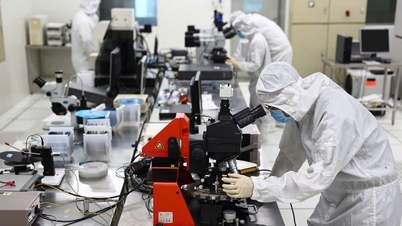











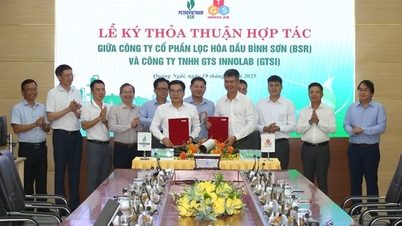


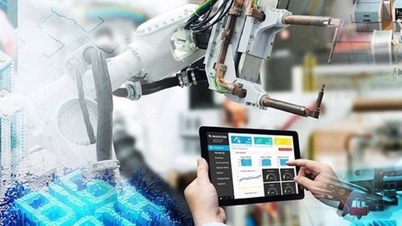


![[Photo] Sea turtle midwives](https://vphoto.vietnam.vn/thumb/1200x675/vietnam/resource/IMAGE/2025/9/19/9547200fdcea40bca323e59652c1d07e)











































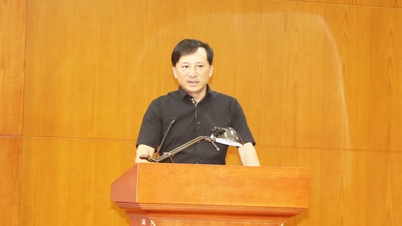
















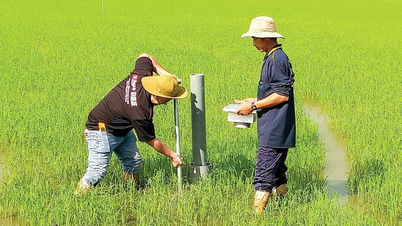








Comment (0)